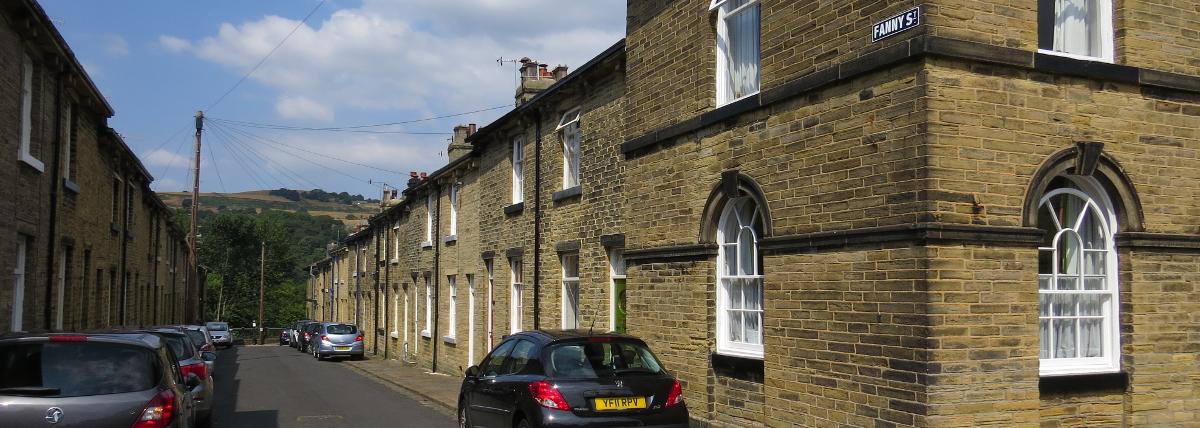
In 1918, a committee of experts was asked by the government to create a blueprint for housing for the working class … prefab housing was about to arrive in Britain.
The task was to make Britain a fit country for heroes to live in for those returning from World War One. Instead of the pre-war slums they had previously lived in, the returning servicemen would be offered public housing with an improved standard of living. Much of the housing was to be built on cheaper, rural land.
It was not the first time public housing had been seen in Britain. In the 19th century, philanthropists, charitable trusts and councils had begun to provide a better standard of housing, but this was to be the first concerted effort to improve housing standards across the nation. One of the first large scale housing developments constructed was built by Titus Salt, at Saltaire in West Yorkshire. The houses for workers in his factory were decades ahead of their time.
The 1918 committee of experts looked at all aspects of housing. Included in the study was the amount of sunlight available in rooms, which led to the recommendation of a 70ft space between facing rows of houses. Urban areas would be limited to twelve houses per acre and in rural areas the limit would be eight houses.
The published report exposes many of the changes in normal living standards between the centuries, and reveals the privileged status of its authors. One of the committee’s deliberations was whether or not a parlour was necessary, yet the scullery (kitchen) and bath were to be found in the same room at the back of the house. Toilets, at least, were separate and indoors.
Of the three bedrooms in each house, the smallest was to be 8ft x 8ft much larger than considered suitable in modern day homes.
The Housing and Town Planning Act of 1919 was inspired by the report and the new legislation (known as the Addison Act, after the minister of health) gave subsidies to councils that would enable them to build homes where there was high demand.
Building commenced making use of the wartime production facilities, using materials including steel, concrete, aluminium and asbestos. 160,000 prefab (prefabricated) houses were built by 1951.
The first prefab in the country was built in Shirehampton, Bristol, and was constructed using aluminium salvaged from crashed aircraft. It was the first of fifty prefab homes to be built on the site and one of almost 5,400 prefabs to be built in Bristol. Across the country, these early prefab homes often lasted decades longer than the initial ten years for which they were designed, some even surviving to this day. Later Precast Reinforced Concrete (PRC) homes have also lasted well beyond their initial sixty year lifespan.
If you’re buying an older, prefabricated property, ask a Chartered Surveyor for a building survey to check the integrity of the structure and foundations of the building, and determine whether asbestos is present.
SH/LCB

